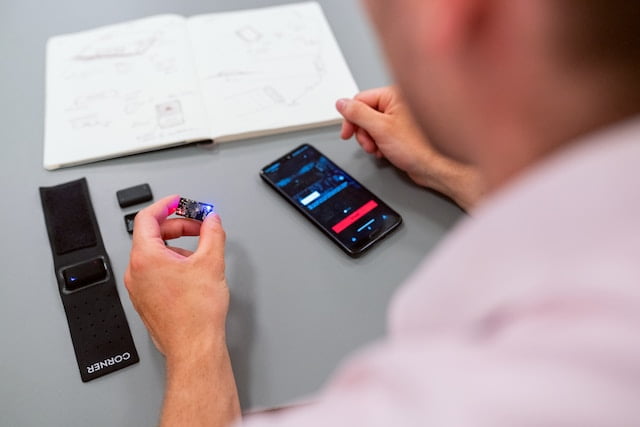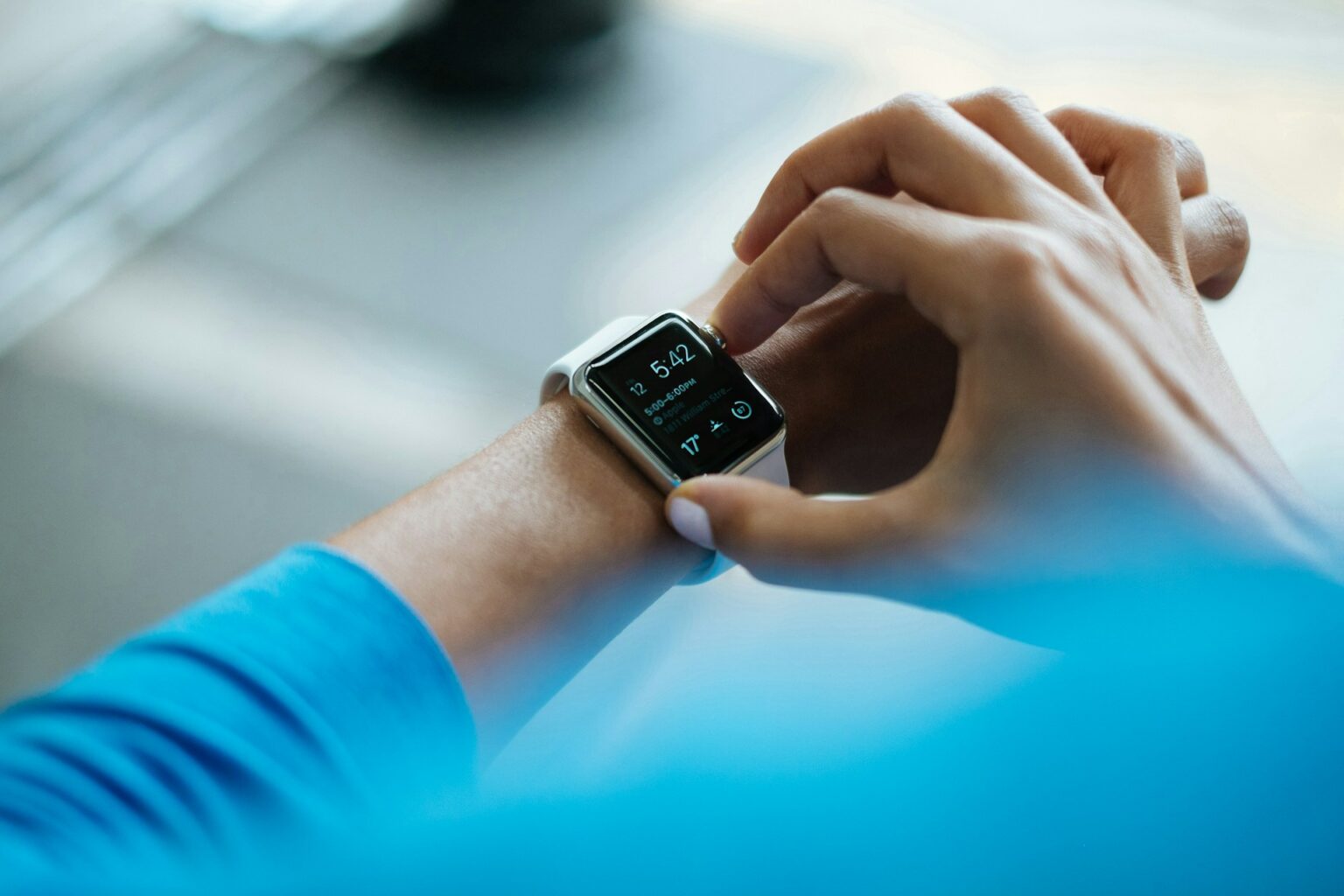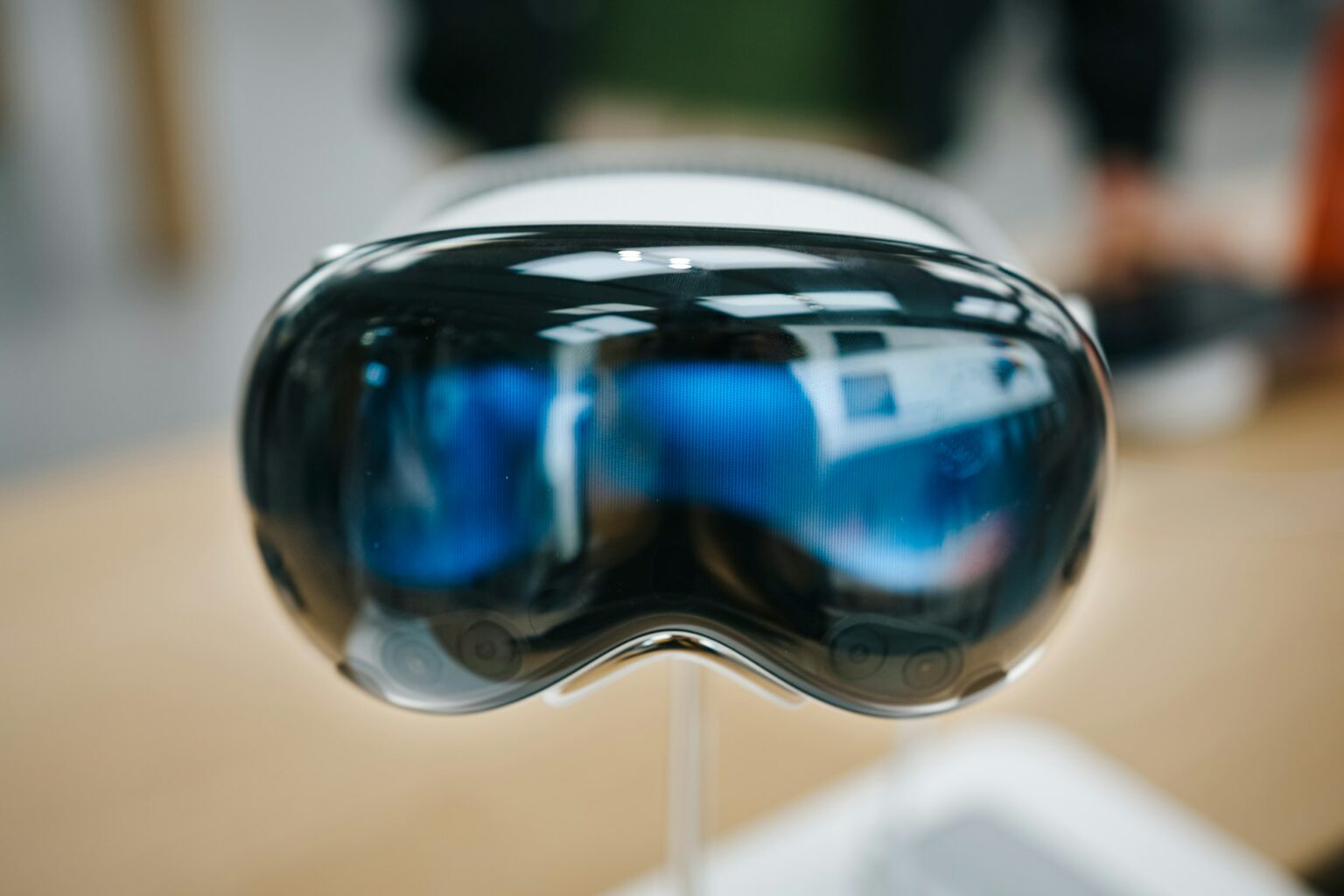 Home >
Home > 
5 Types of Wearables Devices: What Are the Risks?
In recent years, wearables like fitness trackers, smartwatches, and health monitoring devices have become increasingly popular among consumers. However, users should also be aware of potential security risks with the increasing use of wearables and IoT (Internet of Things). But, what are the risks of wearables?
In this blog, we will discuss the potential issues with wearables and how to mitigate them. But first, let's discover 5 types of wearable devices!
1. Smartwatches
Smartwatches are gadgets that offer a wide range of capabilities in addition to timekeeping. For example, they can track physical activities and heart rate, receive notifications from paired smartphones, and even enable contactless payments. However, because of all these functions, smartwatches collect and retain significant amounts of personal data, which could make them susceptible to cybersecurity threats such as fraud.
2. Fitness Trackers
Fitness trackers are devices designed to track various physical activities, such as the number of steps taken, distance traveled, and calories burned. They can even measure sleep patterns. Although these trackers can help promote a healthier lifestyle and are considered safe regarding privacy and handling of private data online, you should check the manufacturer's privacy policies.
3. Smart Glasses
Smart glasses integrate augmented reality (AR) into the glasses, providing users with hands-free access to information and the Internet. Although this sounds like something out of a science fiction movie, smart glasses can be used to browse the Internet and receive notifications. However, be aware of potential security concerns, such as data being collected without consent and unauthorized access to your information.
4. Medical Wearables
Medical wearables are devices specifically designed to monitor health conditions by providing real-time data to healthcare professionals. Examples include continuous glucose monitors and ECG monitors. While these devices can significantly improve quality of life, they also carry risks related to data privacy, so ensuring the accuracy and security of these devices is critical.
5. Smart Clothing
Smart clothing integrates sensors and electronics into fabrics to monitor physical activity, such as body temperature and other health metrics. These garments provide detailed information about an individual's health and performance, making them useful for athletes and people with specific needs. However, incorporating electronic components into clothing raises durability issues, and there are some long-term concerns about close contact with electronic components.

Risk #1 of Wearable Devices: Privacy and Security Risks
One of the main concerns regarding wearables is privacy and security. Wearables collect significant user information, such as personal data, location, and other sensitive information.
To mitigate these risks, you must take steps to protect your data. For example, we recommend reading the manufacturer's privacy and usage policies to ensure they are reliable. Also, use a strong password for your handheld device and associated applications. In addition, only download applications from trusted stores, such as the App Store or Google Play Store. Finally, consider using a virtual private network (VPN) to protect your data when using your wearable device.
Risk #2 of Wearable Devices: Accuracy Risks
Another risk associated with wearables is accuracy. Wearables use sensors to measure physical activity, heart rate, and other health data. However, these sensors may only sometimes be accurate, resulting in incorrect health information.
To decrease these risks, it is essential to carefully read the instructions and follow the manufacturer's recommendations for proper device use.
Risk #3 of Wearable Devices: Addiction Risks
Finally, wearables also pose addiction risks, as they are designed to provide constant feedback and motivate users. However, this continuous feedback could also lead to addiction and obsession with the device. To decrease these risks, using the wearable device in moderation is essential.
Conclusion
In conclusion, wearable devices can bring many benefits, such as increased physical activity and better health monitoring. However, they also pose potential risks, such as those related to the privacy and security of your data and increased exposure to cyber threats. You can use wearables safely and effectively by mitigating these risks and enhancing your data protection and privacy.
Just as it's important to secure your wearables, it's equally crucial to protect your online experience and download a Free Ad Blocker, since ads and pop-ups could interrupt your online experience leading to other security issues.
To achieve smoother, distraction-free browsing and optimize your battery life and data usage, take advantage of the efective functionalitites of an effective Ad Blocker for Google Chrome. By reducing ads, an ad blocker like Stands will ensure a better Internet experience.

FAQ about Risks of Wearables
1. What are the drawbacks of wearables?
Various concerns are associated with wearables, such as privacy and security issues, potential inaccuracies, and the possibility of developing dependency or experiencing stress due to excessive reliance on them.
2. Is wearable technology susceptible to vulnerabilities?
Wearable technology is vulnerable to vulnerabilities like hacking and data breaches. If not adequately secured, the sensitive personal data it gathers can be an attractive target for cybercriminals.
3. What are the consequences of wearable technology?
Wearable technology can have various impacts, including potential compromises to personal data security, the risk of receiving inaccurate health advice, and the potential for adverse effects on tracking.